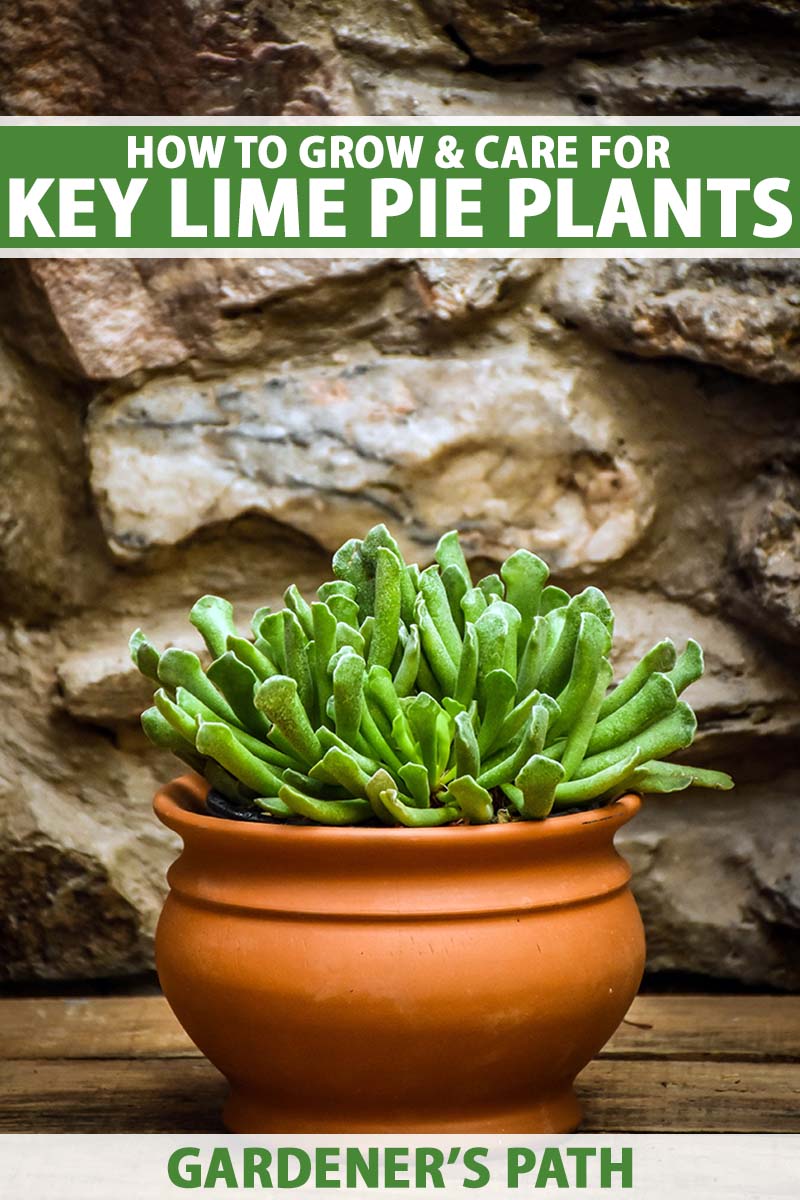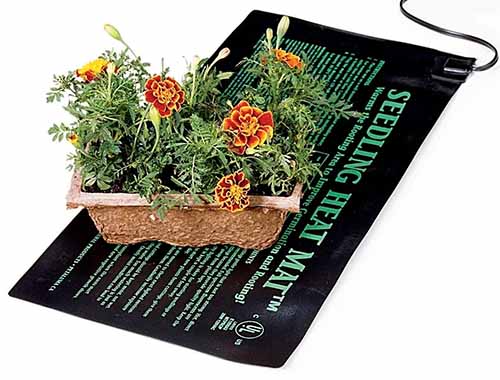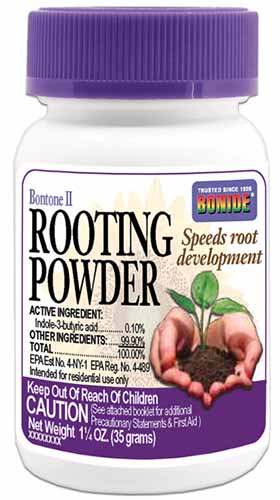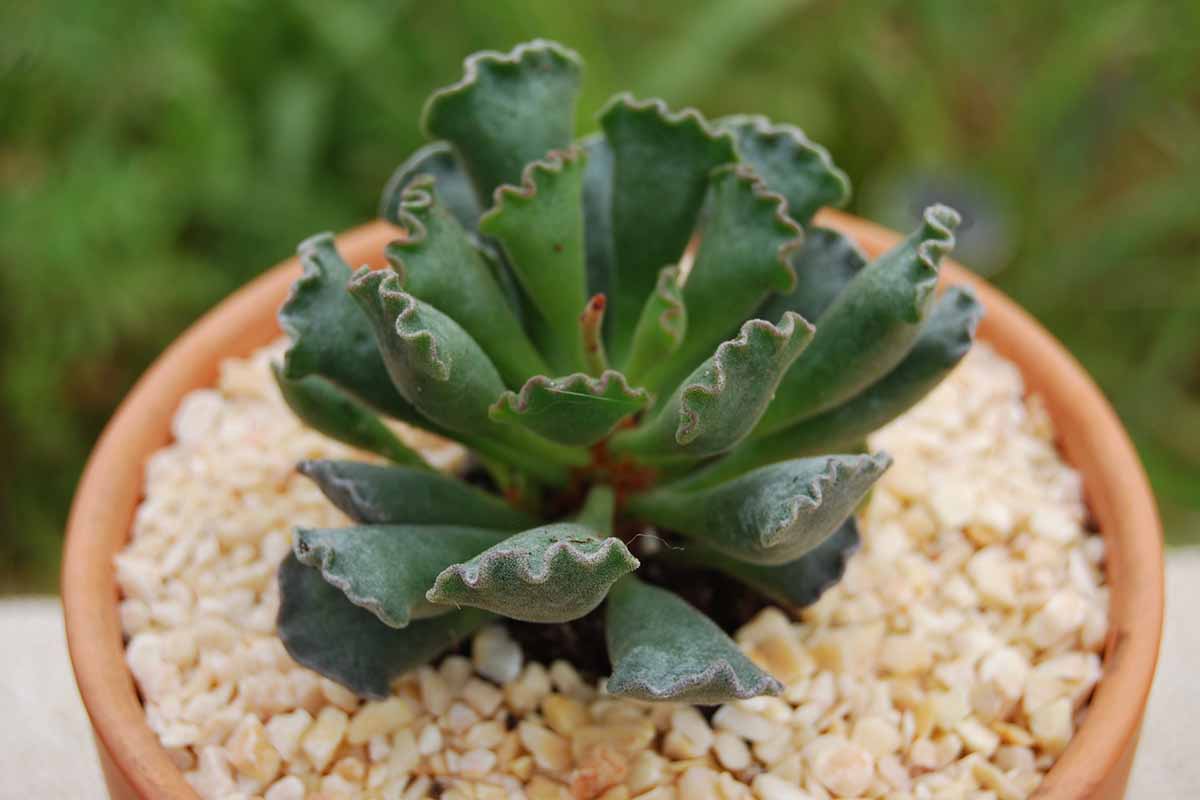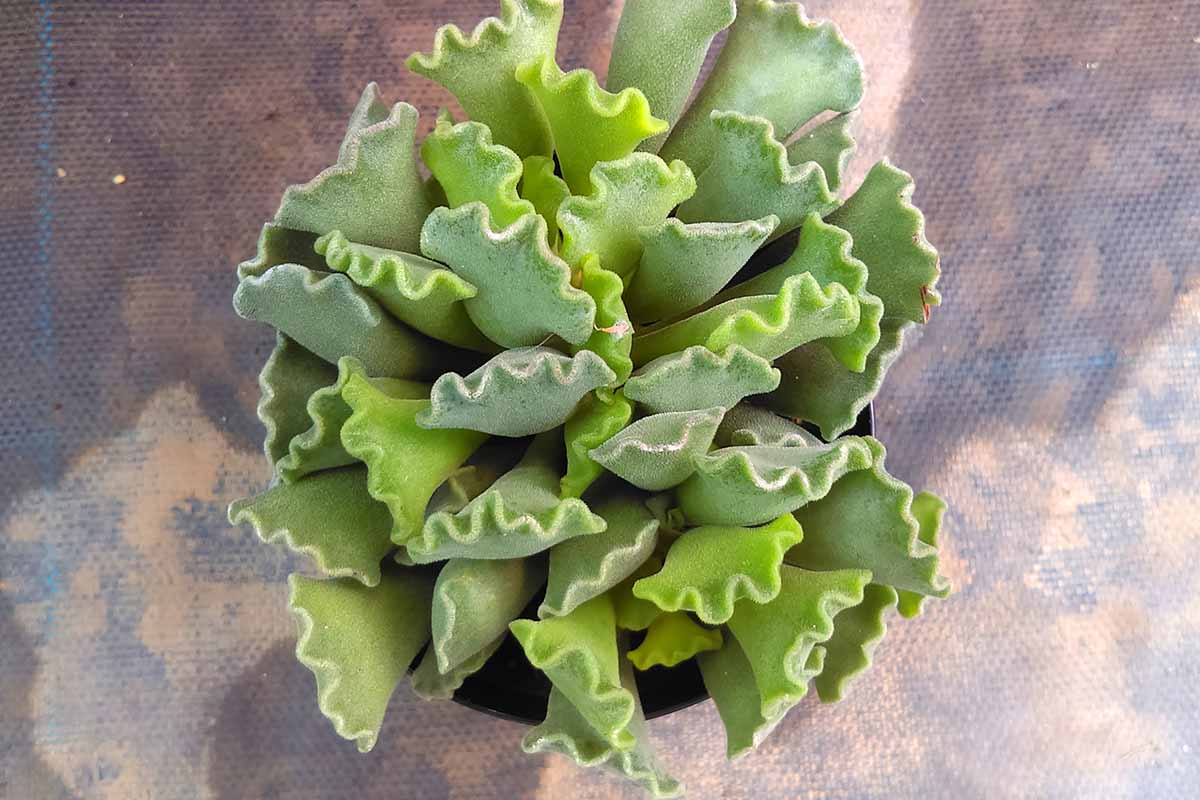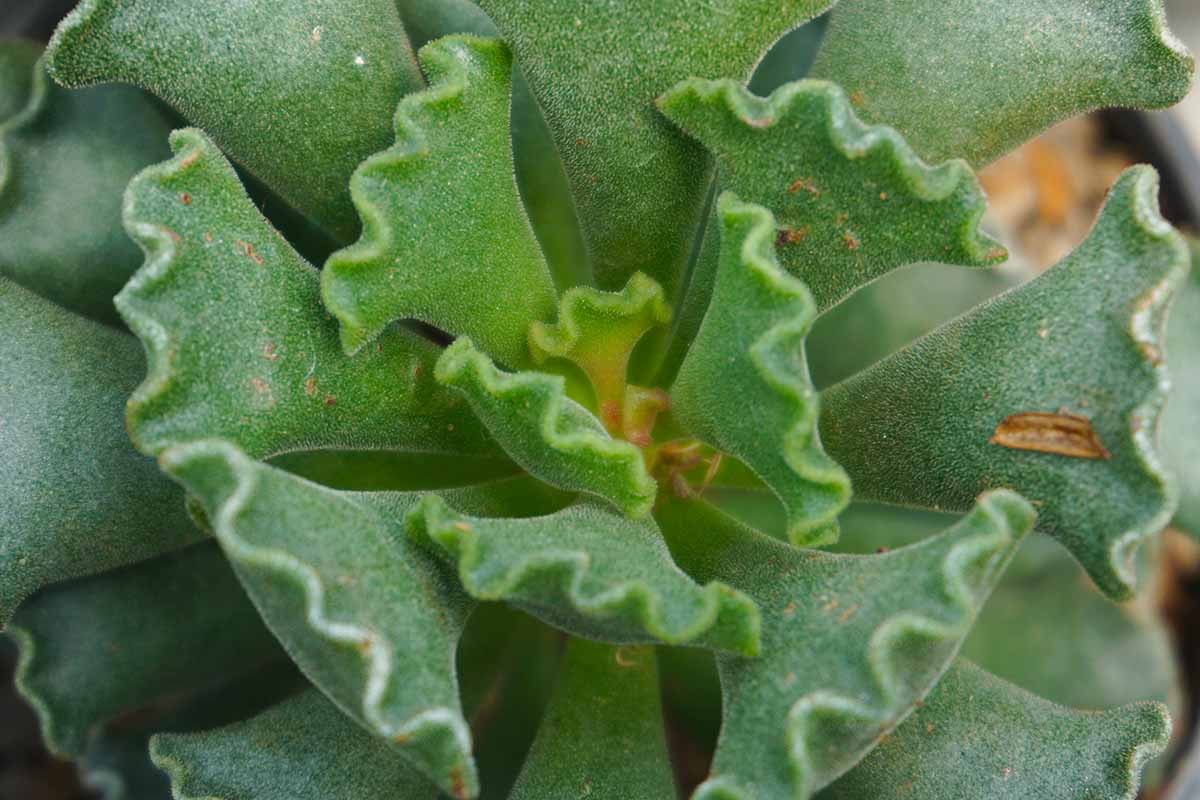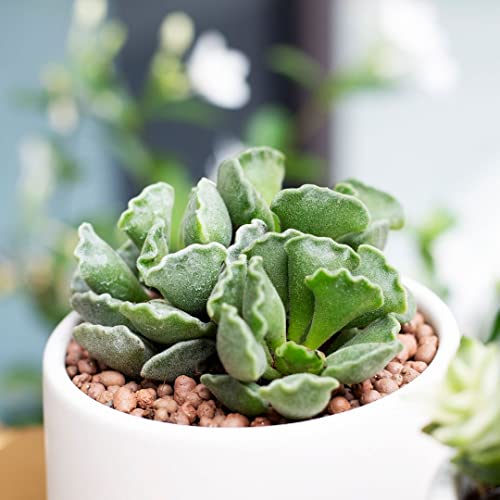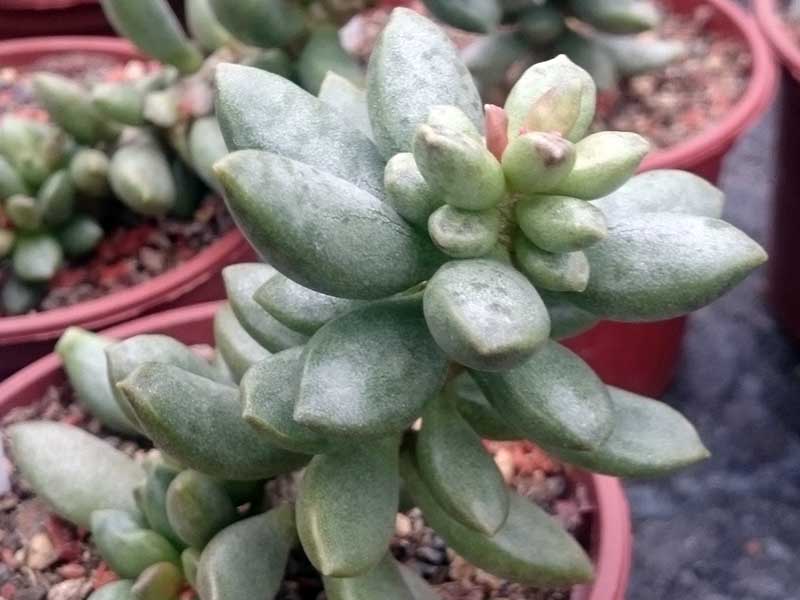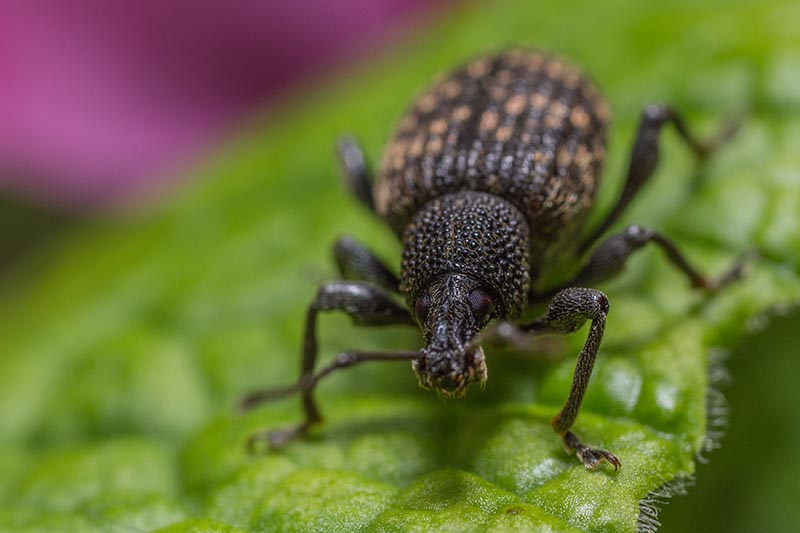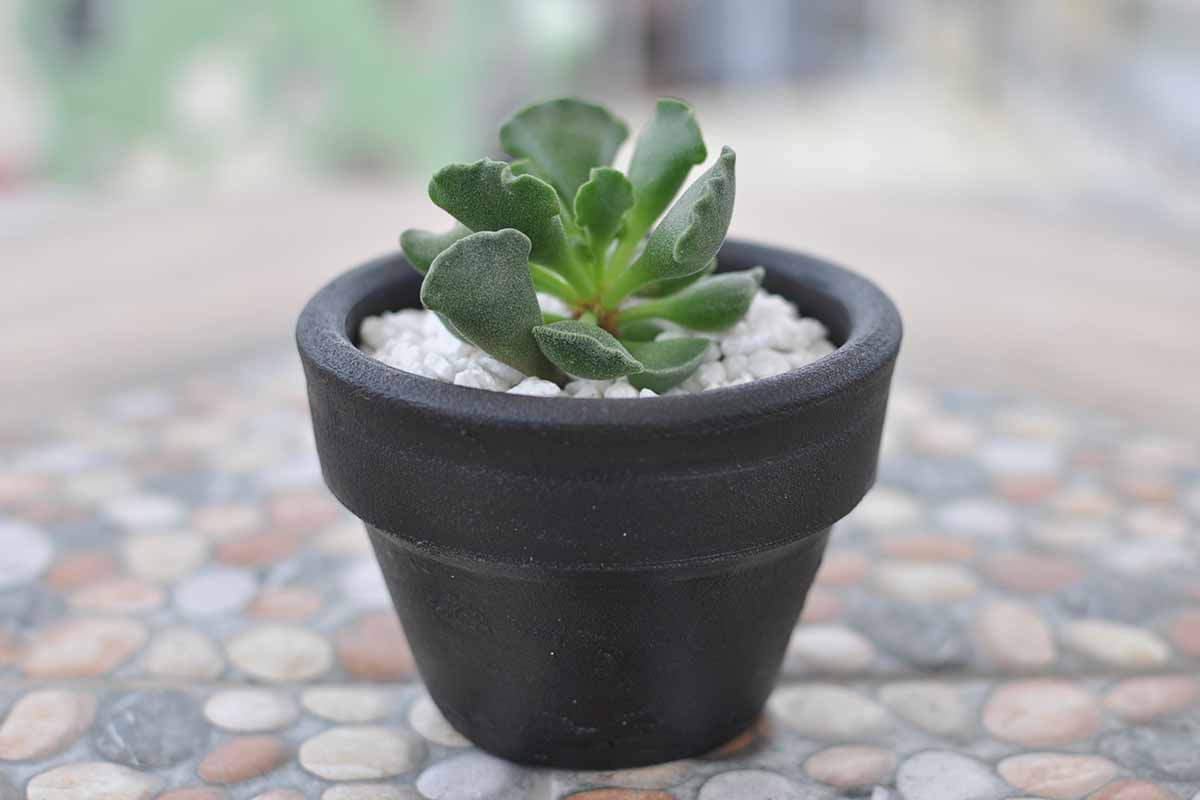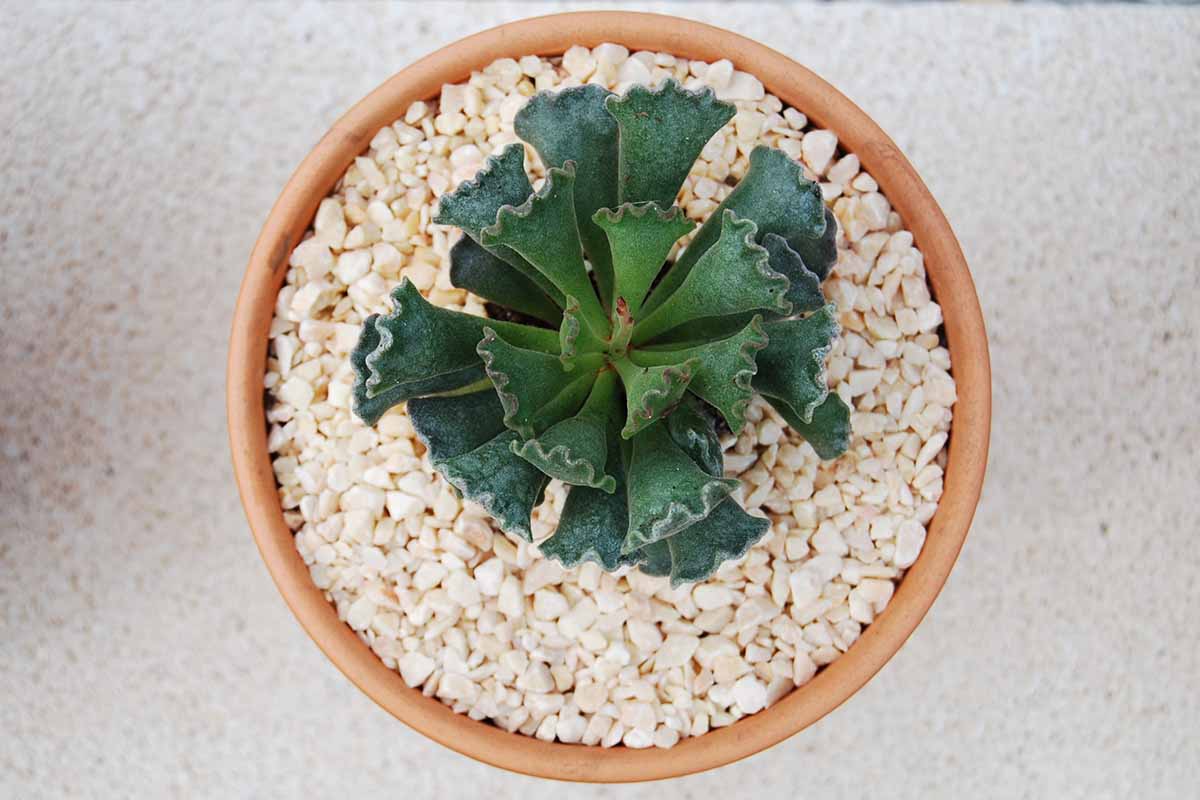Succulents are easy to care for, extremely portable, and can handle the harsh growing conditions that would bring other plants to their proverbial knees. But as exhibited by the nonstop stream of superhero flicks that grace the silver screen nowadays: with great popularity comes the potential for great burnout. Sometimes we need a break from costumed do-gooders always winning, and sometimes we need to switch things up from a standard aloe vera or cactus. Enter A. cristatus. We link to vendors to help you find relevant products. If you buy from one of our links, we may earn a commission. A succulent that hails from South Africa, A. cristatus is compact enough to display on a busy kitchen counter or tuck away in a bathroom, but also large enough at maturity to not go unnoticed. With crinkled, triangular, and fuzzy leaves of a light grayish-green hue, this specimen visually jumps out at you and practically demands your gaze. In this growing guide, we’ll go over exactly what’s required for keeping this succulent healthy and attractive. Fill a four-inch pot for each cutting with a growing medium similar to what you would use for starting seeds as described above. Keep the soil moist until roots form, at which point you can cultivate the cutting like you would an established key lime pie plant.
Propagation
The crinkle-leaf plant can be propagated from seed or via leaf cuttings.
From Seed
You’ll want to start the seeds early in the year, so they’ll have plenty of time to grow before their first winter. A. Cristatus In order to grow A. cristatus seeds, you must first prepare the growing media. A typical seed-starting mixture would be a 50/50 mix of sphagnum peat moss and a well-draining material such as sand or perlite. But for a succulent such as the key lime pie plant, make the mixture one-third sphagnum peat moss, and two-thirds sand. After you prepare the material, fill a seed tray within a half- to a full inch of the rim, lightly sprinkle the seeds a half-inch apart onto the soil surface, then cover them with a thin layer of sand. The growing media should be kept at 70°F, but if your environment isn’t warm enough, this heating mat from Gardener’s Supply Company will keep the soil at the necessary temperature. Seedling Heat Mats Throughout this whole process, keep the seeds moist, humid, and brightly lit. Gently mist the soil to maintain moisture, and cover the seed tray with clear glass or transparent plastic in order to promote humidity. In addition, have your seeds sit under a grow light, like this one that’s offered by Gardener’s Supply Company. LED Pendant Grow Light Once the seeds germinate, remove the improvised lid in order to allow in more light and air. When the seedlings develop sturdy root systems, transition to watering only when the soil dries out completely, just like you would with a fully grown succulent. As they grow and develop, repot as needed.
From Leaf Cuttings
For this form of propagation, you’ll need an adult key lime pie plant to pull a leaf from. Choose a healthy-looking leaf, and give it a good twist as you pull it cleanly from the stem. Next, apply powdered rooting hormone directly to the wound. A great product for the job is this IBA rooting powder offered by Arbico Organics. Bonide Bontone II Rooting Hormone Place the leaf on a clean paper towel in a spot out of the sun indoors, and let the powder-coated wound heal over for a few days prior to sticking the cutting in the soil. But you may be wondering: “How do I grow an established key lime pie plant?” Glad you asked…
How to Grow
By now, you should hopefully have a well-rooted seedling or cutting. Or maybe you bypassed all that propagation nonsense and just bought a fully grown A. cristatus. Either way, you’ll need to know how to care for an adult crinkle leaf plant.
Climate and Exposure Needs
For outdoor growing, this succulent needs to be in USDA Hardiness Zones 9 to 10. If you’re growing this succulent as a houseplant, then the heat and humidity of the average indoor space should work just fine, as long as it’s not placed directly next to a heater or air conditioner. When placed outdoors, A. cristatus prefers full sun, although some afternoon shade comes in handy during the hottest parts of the year. As a houseplant, it should be placed near a bright, south-facing window. If that’s not available, then four to eight hours of grow light exposure will keep these succulents healthy.
Soil Needs
A porous soil mixture consisting of one part coarse sand or perlite and one part potting soil will help water to drain well, which is what these guys need. An acidic pH range of 4.0 to 6.5 works well, and kudos to you if you can maintain an optimal value of 5.5.
Growing Tips
Full sun exposure is ideal, although partial shade is recommended in warmer climates outdoors.Acidic soil with a pH range of 4.0-6.5 is best.Let the growing medium dry out completely in between watering sessions once plants are established.
Maintenance
You might need to repot, but only occasionally. In addition to growing slowly, this succulent can take a little snugness in its container. A soil test kit can help you to determine the pH level before applying any necessary amendments. Keep in mind that nitrogen fertilizer may increase acidity as well. Miracle-Gro Houseplant Potting Mix
Water and Fertilizer Needs
When it comes to watering a key lime pie plant, less is more. Too much water can cause health problems, so let the soil dry out completely in between bouts of irrigation, and make sure to protect potted outdoor plants in the event of rainfall. When in doubt, wait to water. During the spring and summer, apply a serving of fertilizer intended for succulents each month. Hold off on fertilizing during the fall and winter months. Miracle-Gro Succulent Plant Food It’s the dwarf edition of an already little succulent, coming in at half the dimensions of the OG A. cristatus. With a three-inch height and half-inch width, this variety will fit even more snugly into tight spaces.
Varieties to Select
Reaching a height of six inches with a spread of three inches at maturity, the standard crinkle leaf plant is a fantastic specimen. Key Lime Pie Plant But there are a handful of additional varieties worth considering, especially if you want an even more unique key lime pie plant.
Clavifolius
If you thought the standard species was small, just wait ’til you get a load of A. cristatus var. clavifolius.
Schonlandii
With similar dimensions to the above-described variety, A. cristatus var. schonlandii is another fun-sized model of crinkle leaf plant, but with a twist: the stems are enveloped in red aerial roots. With such fun, Christmas-themed colors, this variety could make for an enjoyable decoration or gift this holiday season!
Zeyheri
The foliage of this variety really sets itself apart, even from the other varieties we’ve covered here. With spoon-shaped, bright green leaves that lack the fuzzy hairs of the standard species, A. cristatus var. zeyheri is a must-have for any Adromischus connoisseur.
Managing Pests and Disease
You won’t need to expect a ton of pest or disease issues for this one, but there’s definitely a few worth mentioning. As with any organism, a healthy plant withstands infestation and infection much better than an unhealthy one.
Insects
Insects can act as carriers for pathogens, so by staying on top of your pest management, you’ll prevent diseases, too.
Mealybugs
Mealybugs are small, soft-bodied, and covered in a white, cottonly wax. Coming in at 1/16th of an inch, these pests suck sap out of stems, which leaves the foliage chlorotic, eventually turning necrotic, and leaving the plants defoliated when they fall off. The adults are about a quarter-inch long, with a blackened body and yellow markings on the wing cases. These create irregular notches in the leaves that they feed upon. Swabs of rubbing alcohol and sprays of horticultural or neem oil will work to control an infestation. For the rubbing alcohol, you can dilute it down a bit with water to ease your conscience, but it’s not required or anything. Isopropyl Alcohol Monterey Horticultural Oil You can learn more about mealybugs and how to control them in our guide.
Vine Weevils
The vine weevils are a group of several beetle families that feed on foliage as adults, but munch on roots as grubs. Vine weevil grubs are C-shaped, colored white with light brown heads, and can cause plant wilting and eventual death as they feed. Vine weevils can easily be removed by hand. For container-grown crinkle leaf plants, you can also drench the growing media with acetamiprid, a systemic insecticide that provides up to four months of protection.
Disease
When cultivating plants, sanitary practices such as using sterilized tools, disease-free seeds, and pathogen-free soil go a long way in preventing infections.
Root Rot
Whether due to physiological or pathogenic causes, root rot is definitely a health issue. When a plant is overwatered for a prolonged period of time, the roots essentially suffocate from a lack of oxygen. This causes the roots to die back, which naturally leads to shoot decline above the soil line. There’s not really a cure for this, since you can’t exactly bring a root back from death. Your best bet is to trim away affected roots and hope that the succulent can bounce back. For future prevention, avoid overwatering while also providing well-draining, sandy soil.
Best Uses
Whether grown as a houseplant or outdoors, A. cristatus looks incredible. It stands out individually or in a group with other succulents, and pairing this bad boy with red-leafed plantings really makes its green foliage stand out. Now that you can grow an A. cristatus, you’ve got another awesome succulent in your houseplant arsenal, or your repertoire of outdoor plantings in a suitable zone. This species is very ornamentally flexible, so have fun experimenting with where it fits best! Any questions you have about crinkle leaf growing can go in the comments section below. It’s a fairly uncommon plant to grow, so any anecdotes you have to share would be quite insightful! For more succulent guides, check out these articles next:
11 Easy-Care Exotic Succulents to Grow at HomeHow to Grow and Care for SucculentsPropagating Succulents in 5 Easy Steps
